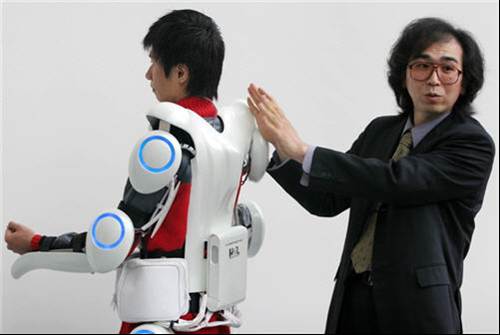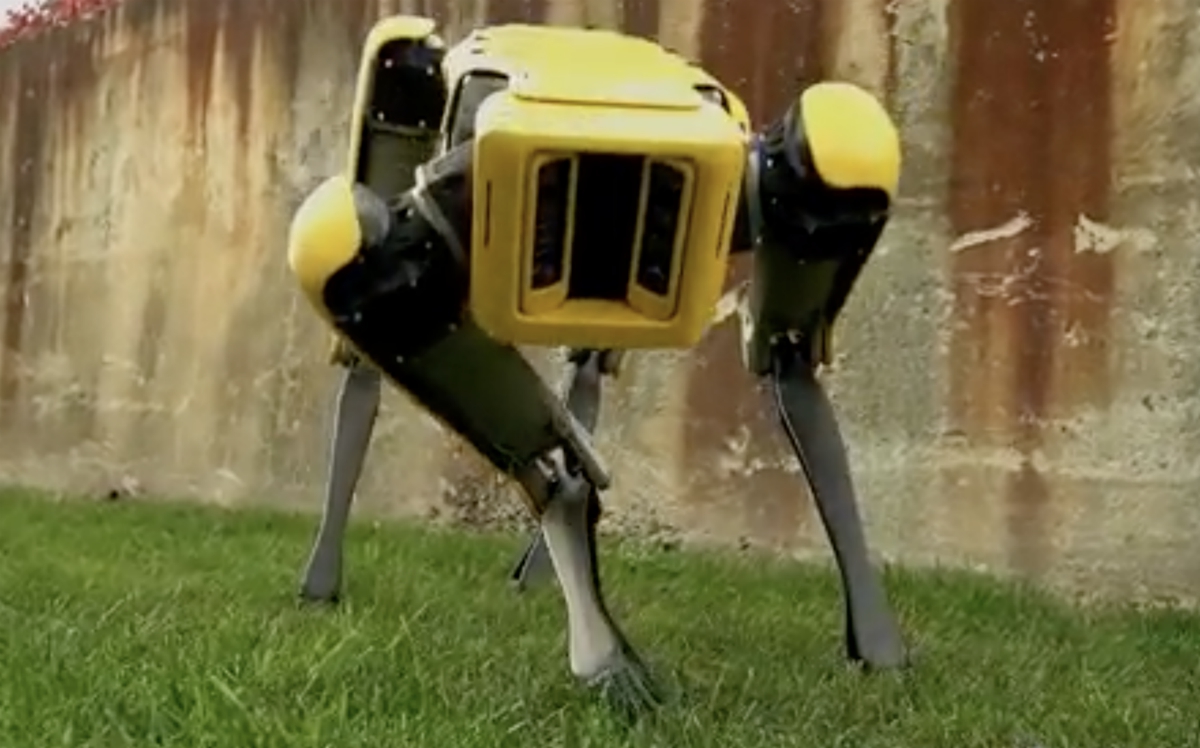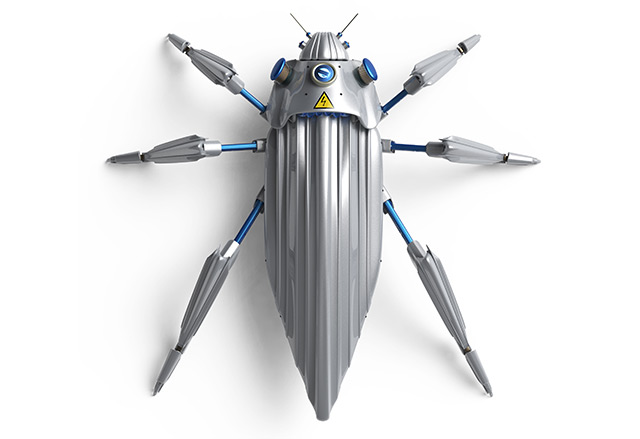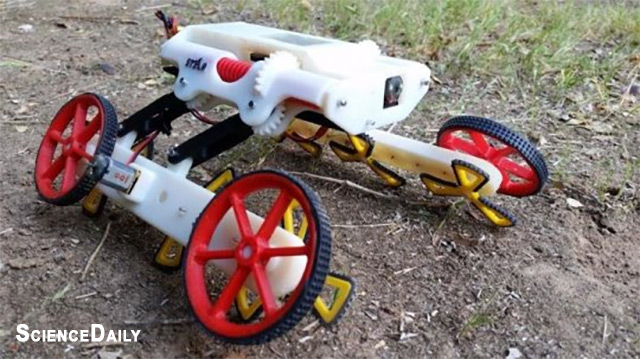Singaporean engineers build a quadcopter drone that runs entirely on sunlight
11/07/2018 / By Edsel Cook
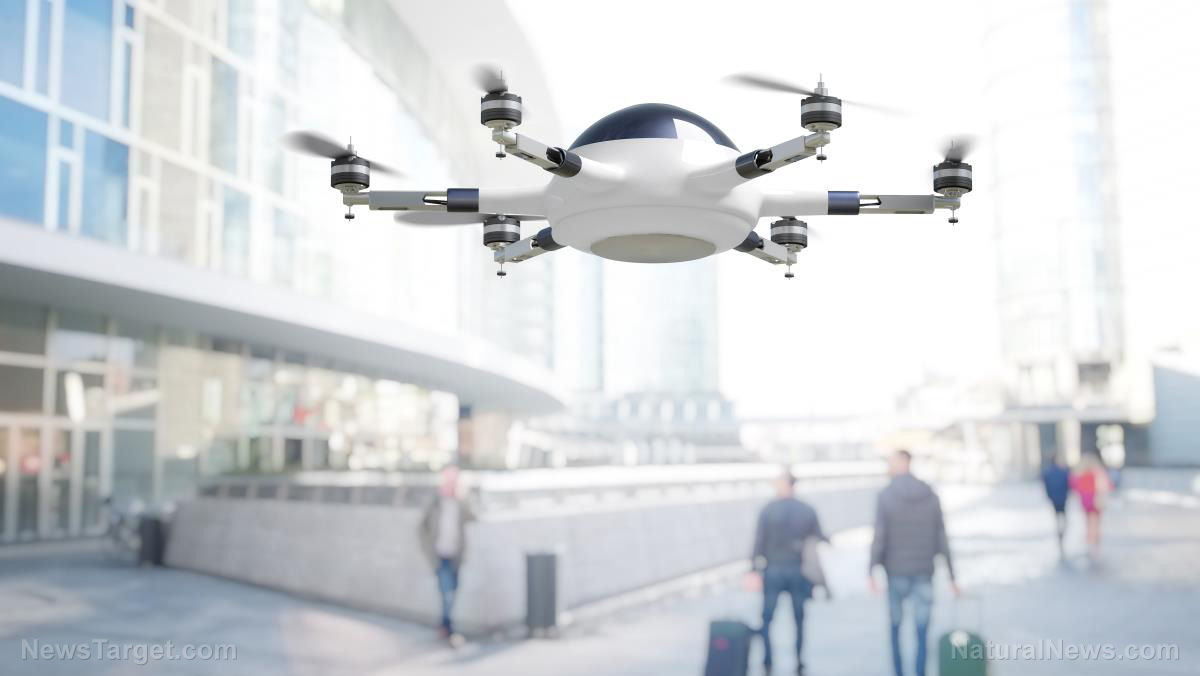
There is something missing on the newest aerial drone presented by Singaporean researchers. The small electric aircraft does not bother with a battery or other form of energy storage systems. Instead, it gets all of its power from the sun.
Designed by National University of Singapore (NUS) students, the prototype quadcopter takes up as much space as a large picnic blanket. But thanks to being made from carbon fiber material, it weighs much less than other drones of the same size.
More than a hundred silicon solar cells cover the surface of its wide wings. These photovoltaics deliver electrical energy to the four rotors that haul it into the air. As long as there is sunlight, the drone can keep flying at altitudes of up to 33 feet.
The solar-powered drone is also fitted out with a GPS system. While it can be controlled by a human, it is also able to fly on its own.
“Unlike conventional quadcopter drones, our aircraft does not rely on on-board batteries and hence it is not limited by flight time,” explained NUS professor and project supervisor Aaron Danner. “Its ability to land on any flat surface and fly out of the ground effect in a controlled way also makes it suitable for practical implementation.”
A flying solar panel that can provide power to disaster sites
The NUS says their quadcopter can fulfill the usual jobs assigned to aerial drones. This includes inspecting areas, delivering items to people who live miles away from shops, taking bird’s eye view photos, and serving as an eye in the sky.
However, the main role of the drone would be to serve as a flying solar panel for disaster sites. The photovoltaic cells generates more than enough energy to keep it aloft during the day.
If a power cable is hooked up to the quadcopter, it can divert the extra electricity to any equipment that is hooked up to it. And unlike sessile solar panels, it can change its position on command.
While the drone does not normally carry a battery, it can be fitted out with an energy storage system. The addition of batteries allows it to stock up the extra energy for later use, be it by the equipment or the quadcopter itself if the latter needs to fly during the night or cloudy weather with little in the way of sunlight.
The first quadcopter in Asia that is fully solar-powered
The first group of Singaporean student researchers started working on the project in 2012. It took the efforts of the eight and current team for the drone to fly entirely on solar power.
NUS professor Brian Shohei Teo talked about the numerous engineering obstacles the teams faced while designing the aerial drone. For instance, his students needed to find the right number of solar cells.
Too many photovoltaic cells would make the drone too heavy to fly, while too little would prevent the engines from ever starting. Likewise, the four propeller-driven engines had to be both light and powerful enough to lift the drone from the ground.
“Other issues we faced included tuning and calibration of flight controls to enhance flight stability, as well as designing a frame that is lightweight yet sufficiently rigid,” Teo said during the press release. “This has been an excellent learning opportunity for us.”
The NUS has touted its new drone as the first Asian-built drone that runs on 100 percent solar power. The current team of newly graduated engineers will refine the design for possible commercial use.
Watch out for the latest news on these solar-powered flying drones at DroneWatchNews.com.
Sources include:
Tagged Under: aerial drones, batteries, breakthrough, drones, electric aircraft, emergency power source, innovation, photovoltaic cells, quadcopters, solar cells, solar power
